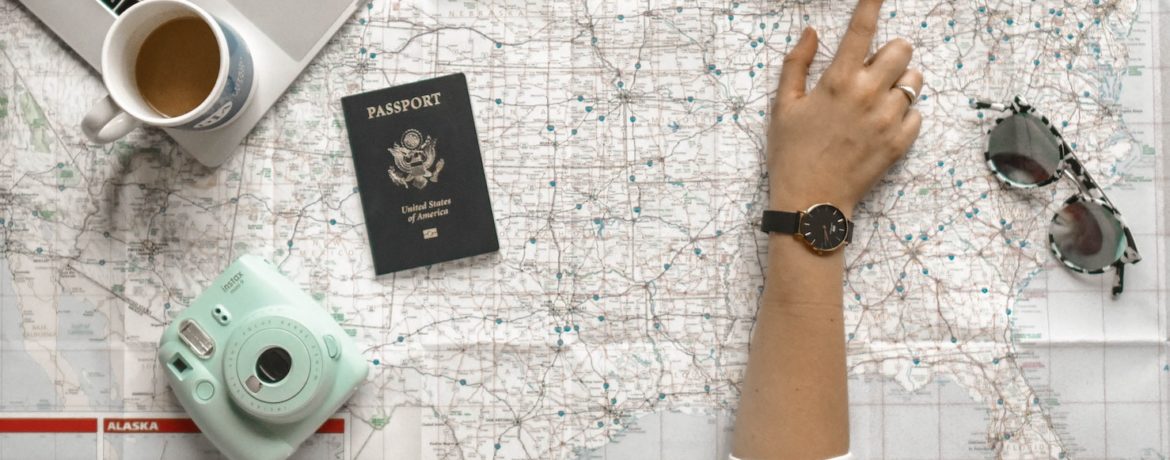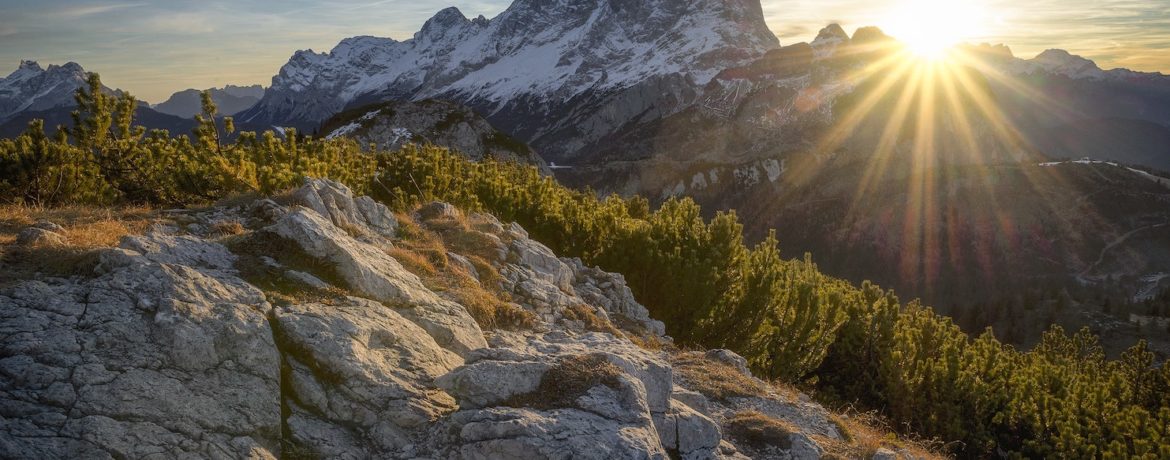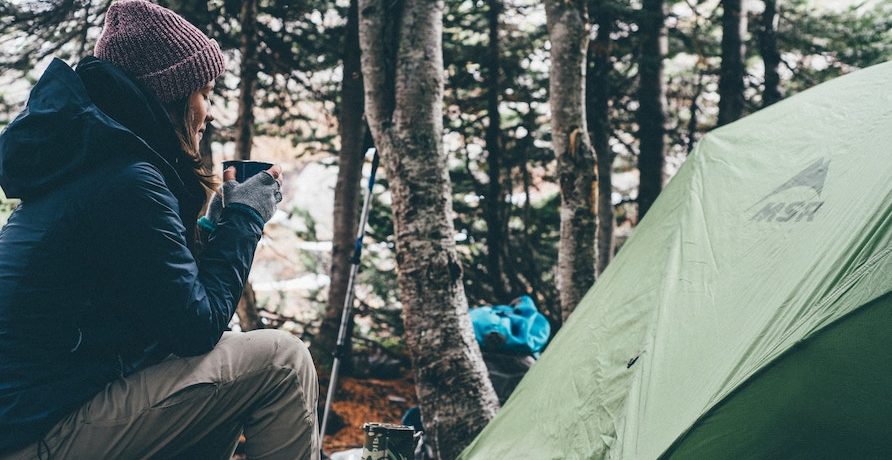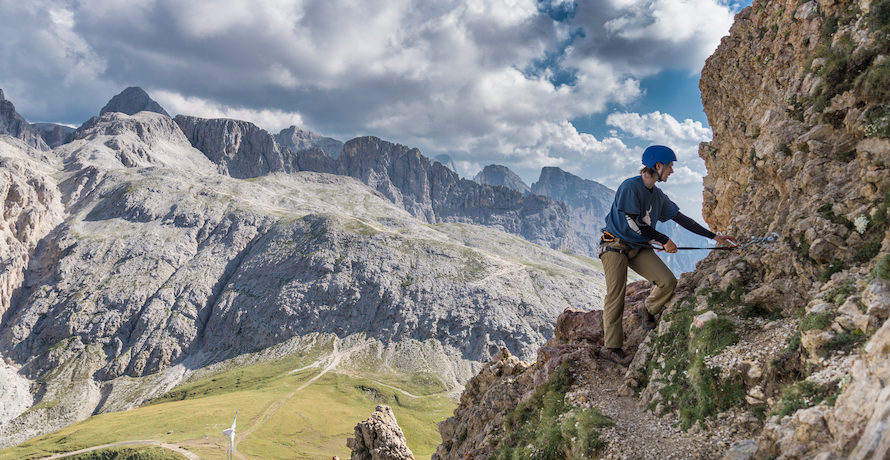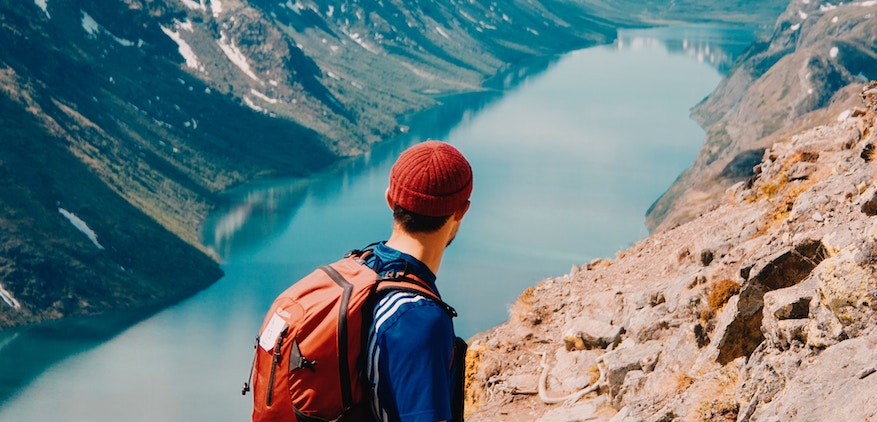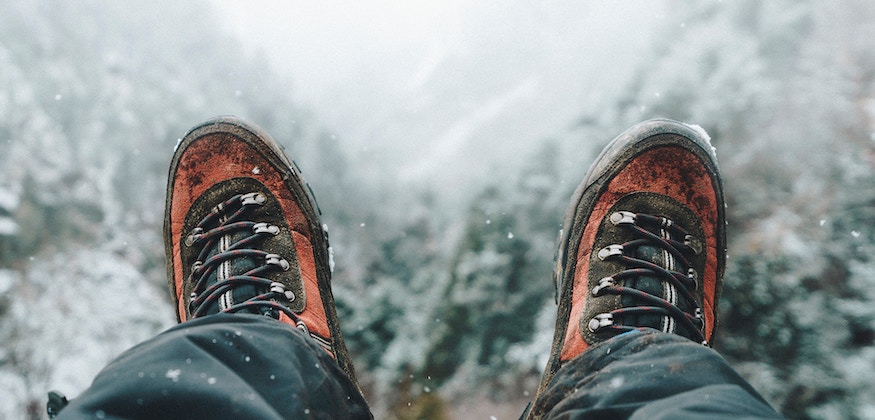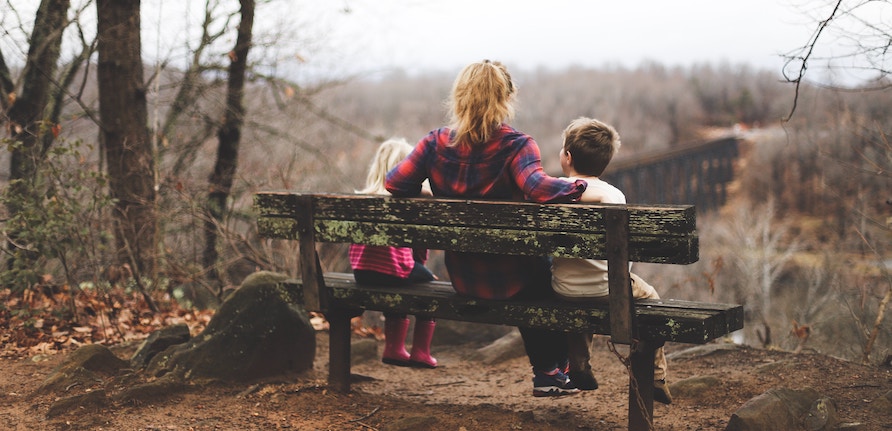Our smartphones are vital parts of most of our lives these days, whether they’re helping us with business, keeping us entertained on our commute with the art we love, or enabling us to create on the go. As cellular technology advances onward, not only are remote areas further covered by high-fidelity connections, but phone manufacturers are releasing phones with longer battery lives, powerful internal cameras, and highly-sensitive GPS tools. What this means for hikers and campers is that smartphones have become the one-stop-shop for some of the best hiking apps and tools in the world. Here’s a few highlights we’ve picked out just for you:
Part One: Entertainment
Most of us are familiar with the leading entertainment apps out there. Spotify, Netflix, YouTube, and the like are some of the most popular apps in the world, but many people don’t know about some of the features that can really make them perfect for use on the trail. With YouTube Red, Netflix’s standard subscription, and Spotify Premium, you can actually download videos, movies, and playlists (respectively) to your phone in advance.
If you’ve ever been warm and cozy in your tent only to realize that you’d need to undo all your blankets in order to get into the right position to read a book by lantern light or fish out your playing cards, you know how nice it can be to have a smartphone on hand to help you enjoy the last hours before sleep. With the premium versions of Spotify, Netflix, and YouTube, you’ll be able to enjoy the comforts of modern life, even in the woods.
Another option that many wilds-explorers enjoy is to unwind during downtime with popular gaming apps. Many of these apps don’t require a constant internet connection, especially online casino game apps and the like. Poker, blackjack, and even slots are available to play on your phone, letting you tap into the classic games that filled the lives of mountaineers and pathfinders through history.
Part Two: Survival and Navigation
As we mentioned above, it’s not just entertainment you can get on your phone. Some of the world’s best hiking apps are designed to make you safer and more prepared. Take a look at WikiLoc, for example. This is a free-and-open-source software app that has an incredible offline mode and an even more robust online mode. Not only does WikiLoc pull data from Google Earth, Google Maps, Apple Maps and more, but it’s also uses U.S. Gov official trail maps and data in order to produce reliable trail maps and more.
Best of all? It’s community supported and totally free. You can even contribute your own trail data and join something bigger. It’s not the only GPS-based app out there, either, it’s just the foremost free app with the most robust community.
Part Three: History and Learning
Do you like to know more about the area around you? Then apps like The Clio are likely to be right up your alley. The Clio is a GPS-based history learning app that locates nearby historical sites, provides visitor information, and gives you a summary of what makes the site historically relevant.
